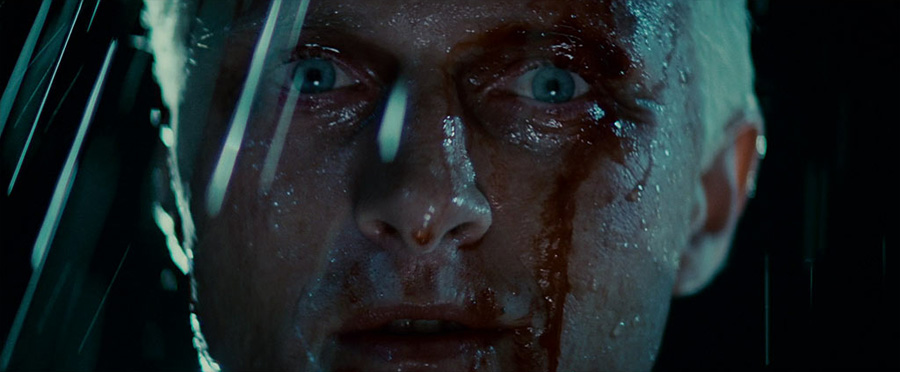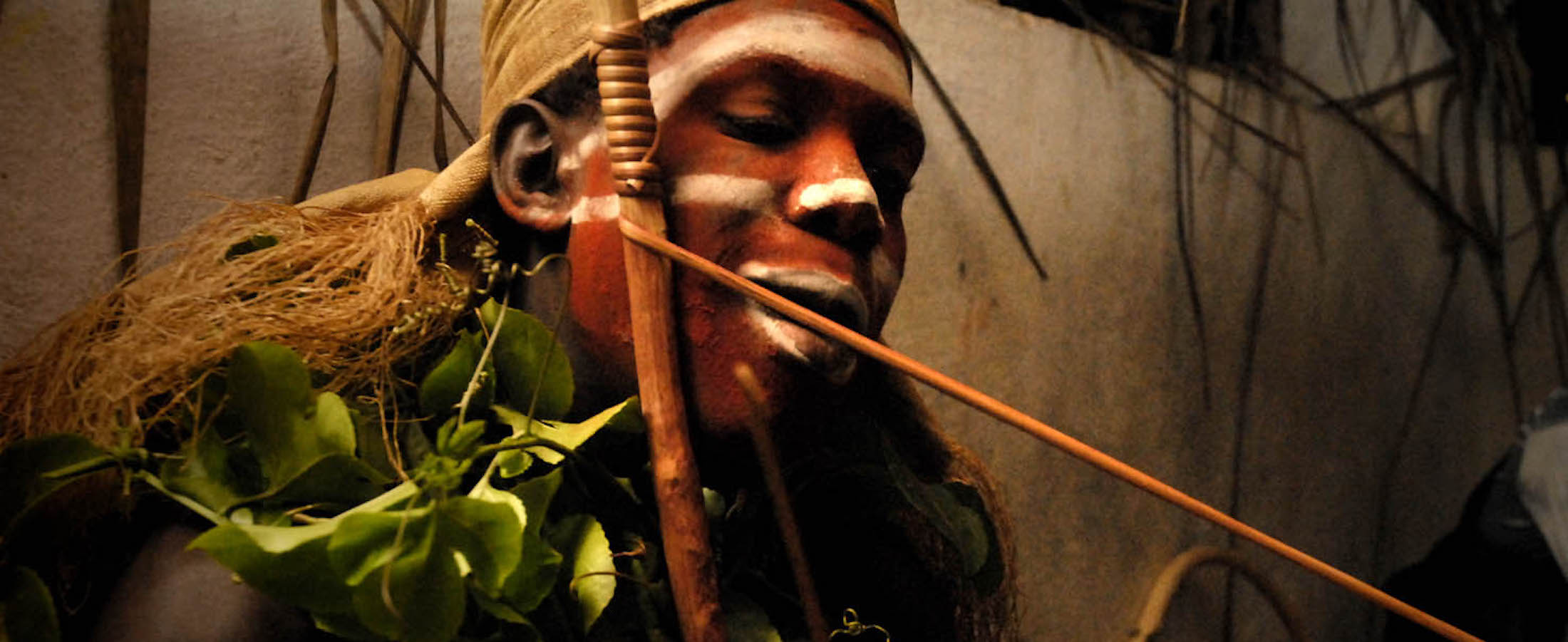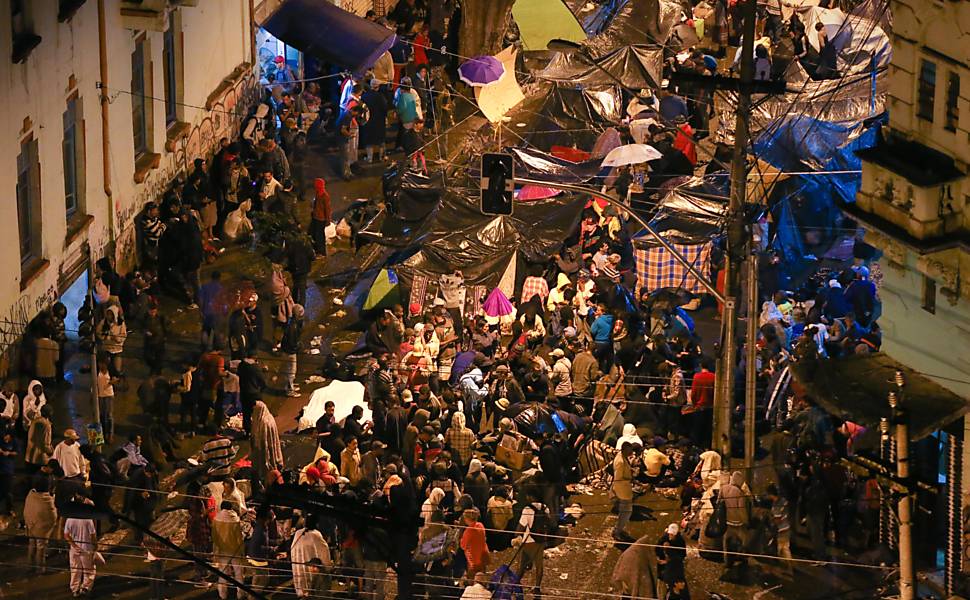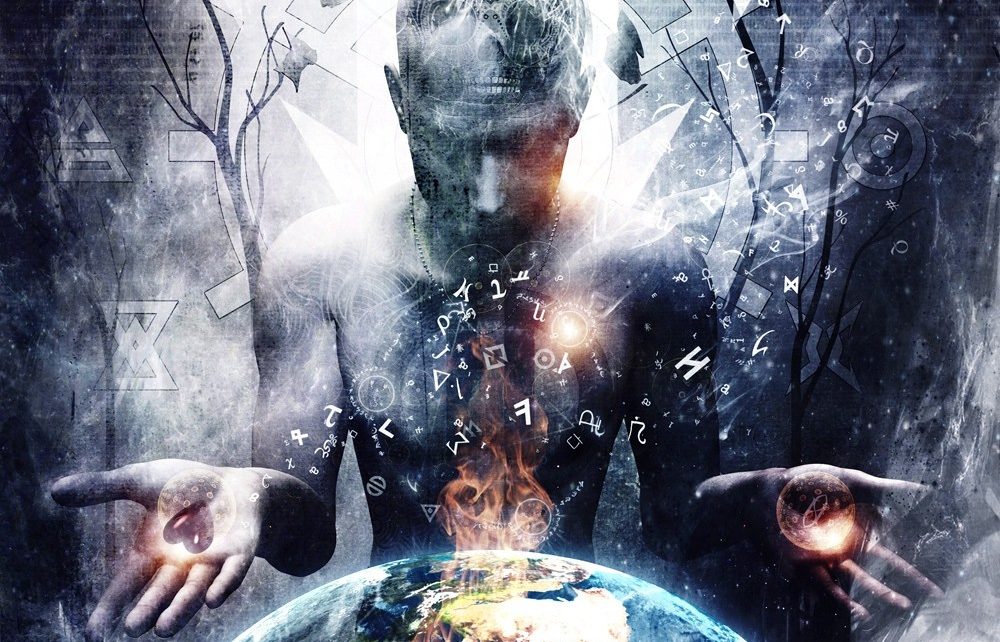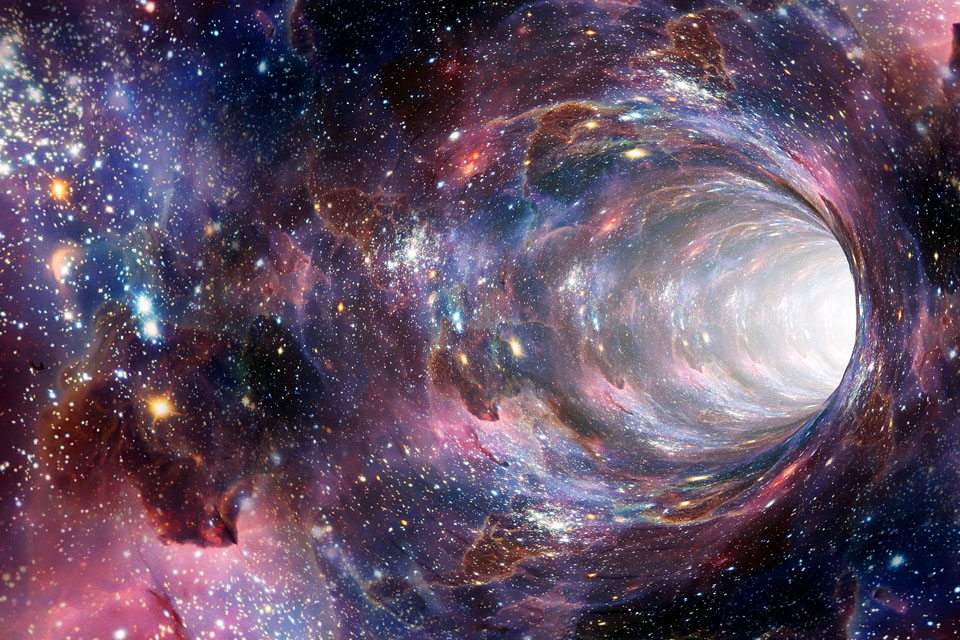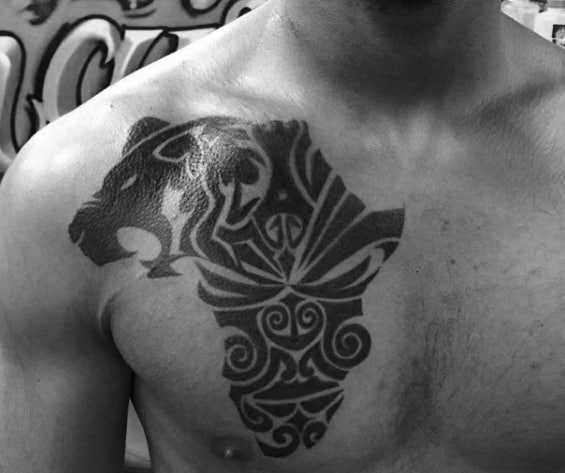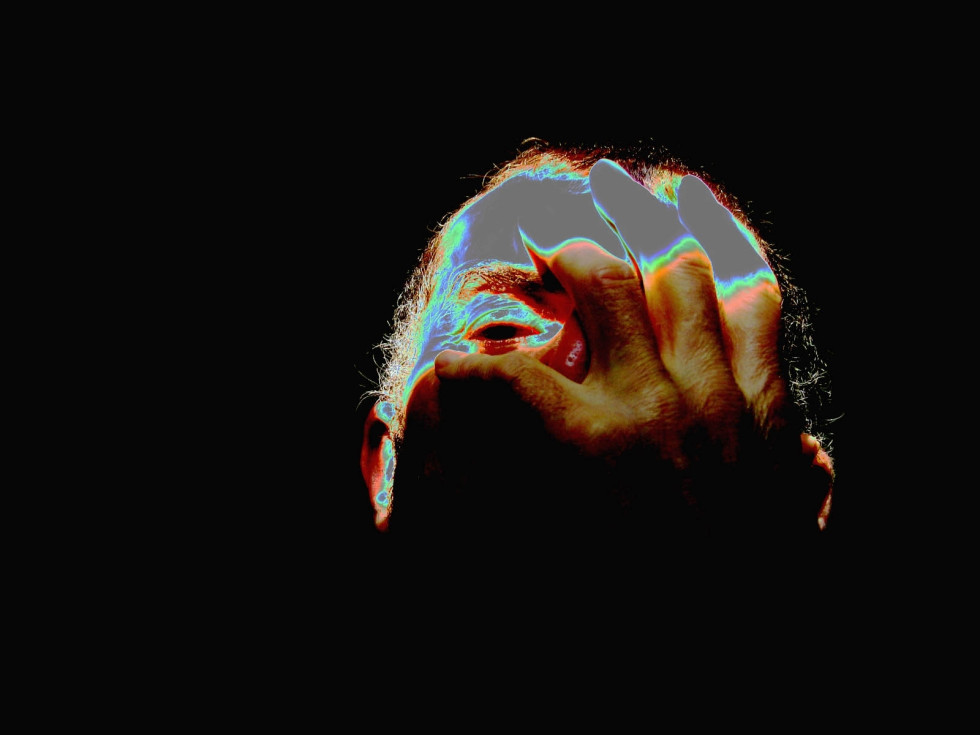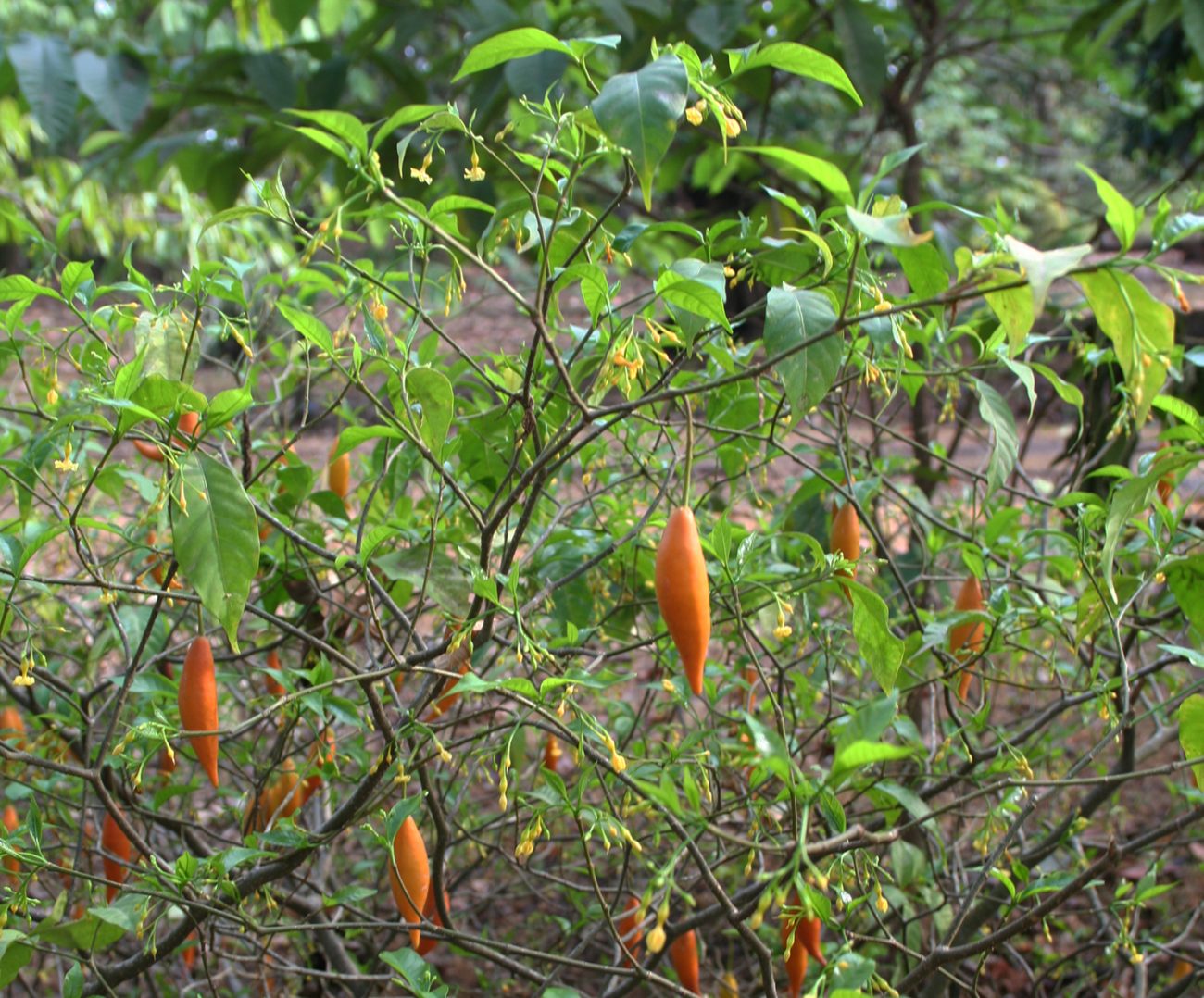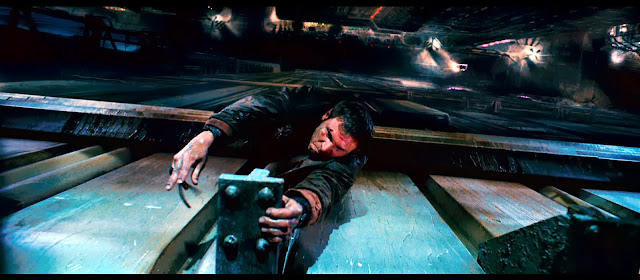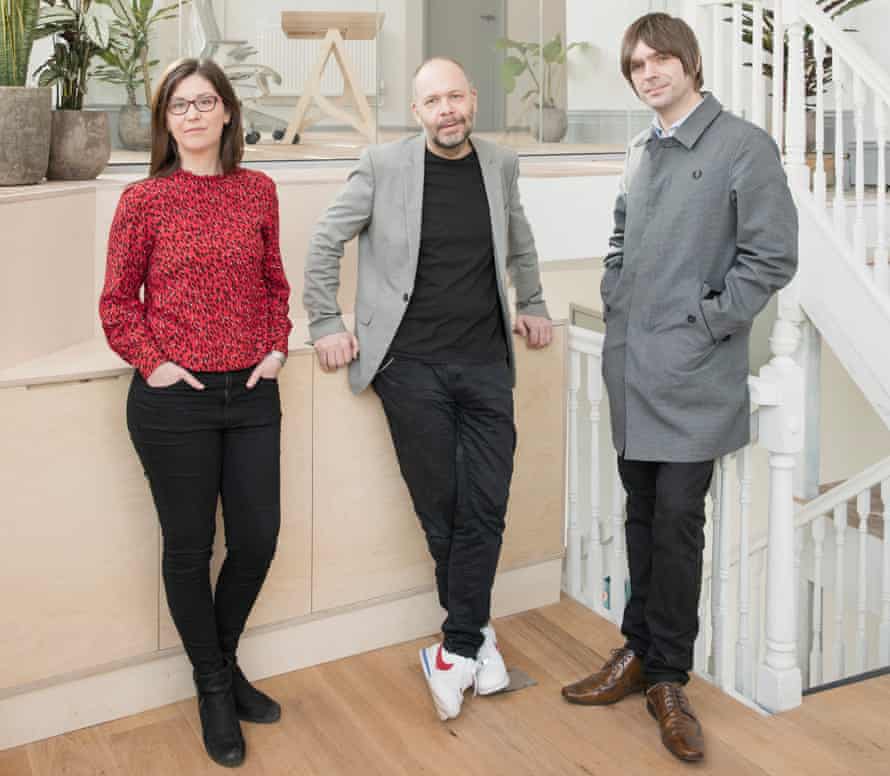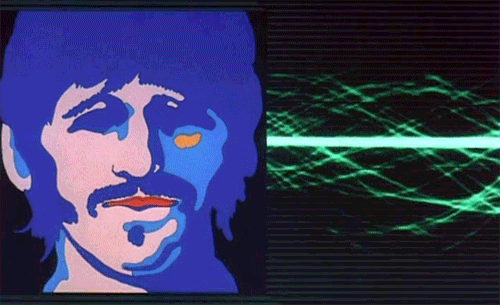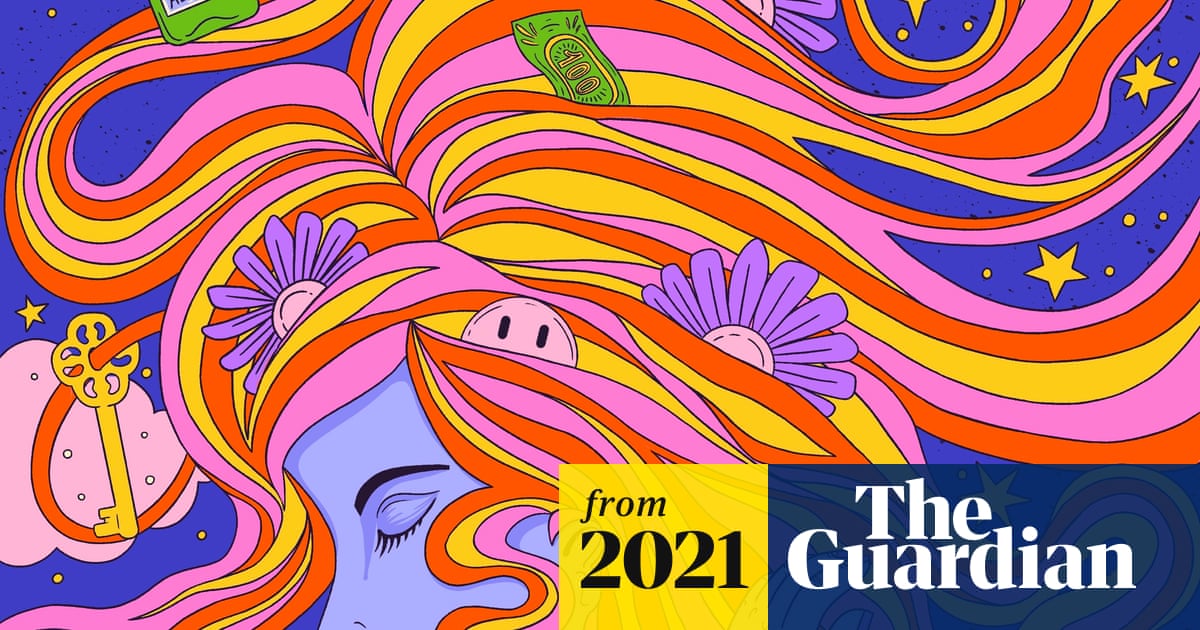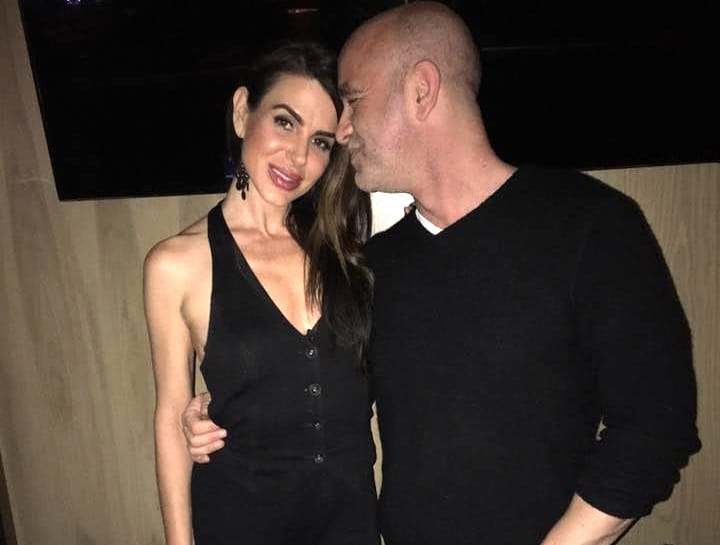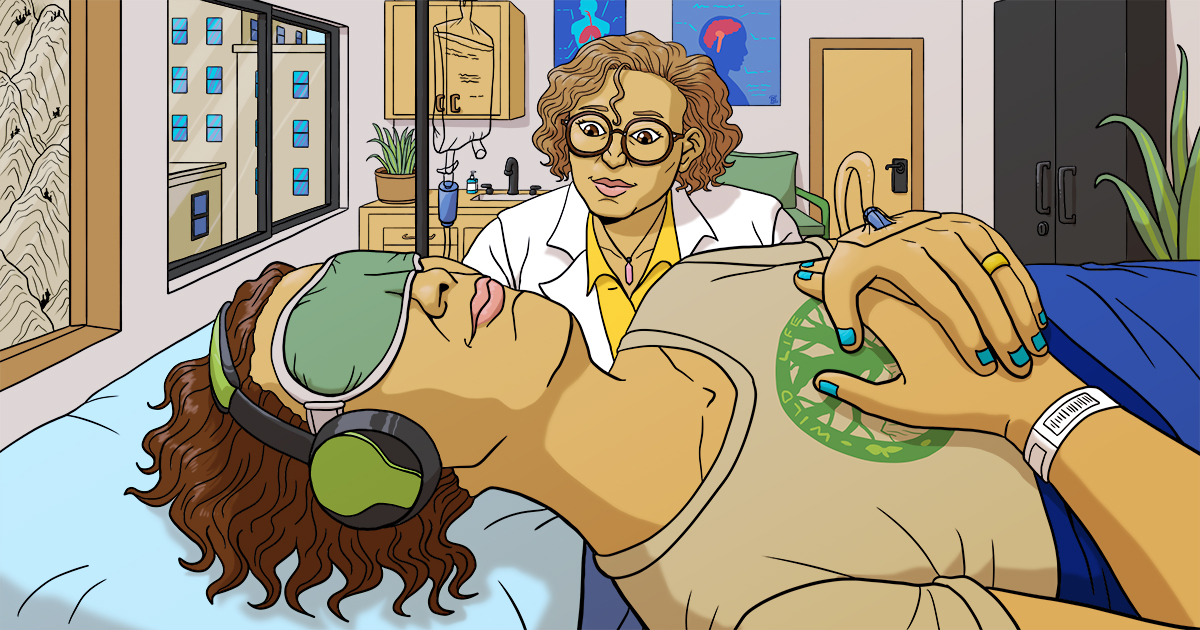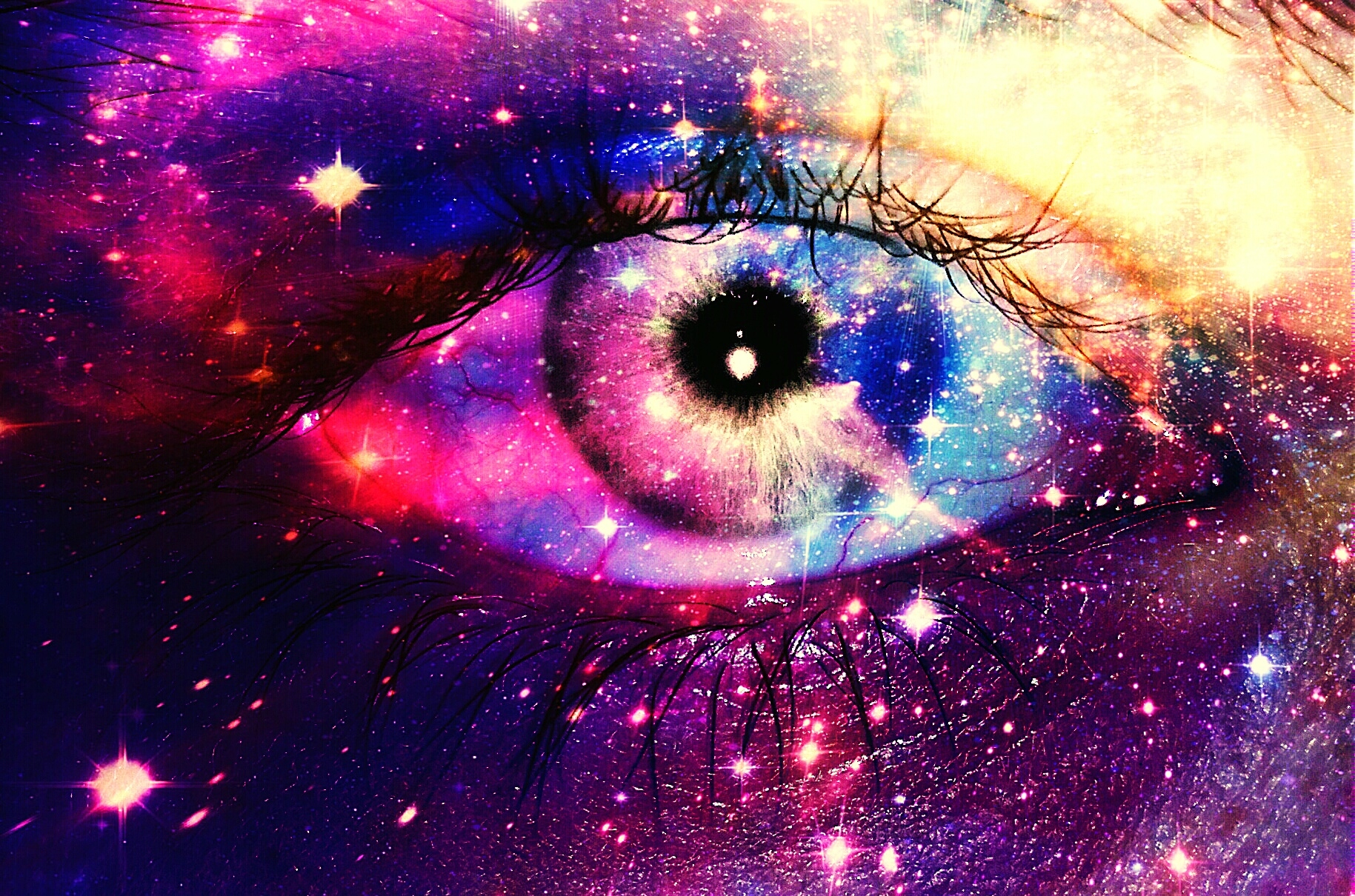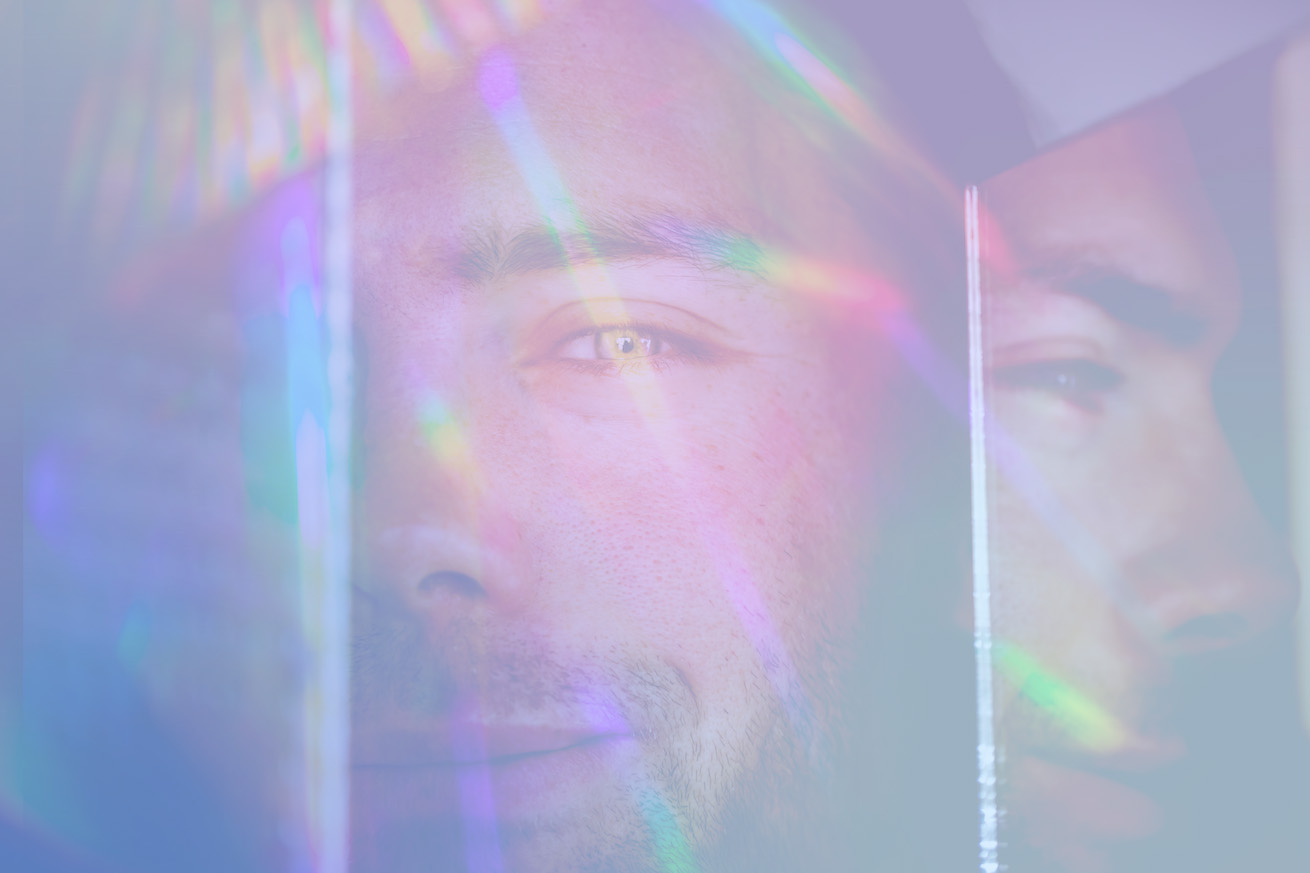Laurie Higbed, Ben Sessa and Steve O’Brien at Awakn in Bristol, the UK’s
first high-street provider of psychedelic-assisted psychotherapy.
Can psychedelics cure addiction and depression?*
by
Alexandra Jones | The Guardian | 13 Mar 2021
In the summer of 1981, when he was 13, Grant crashed a trail motorbike into a wall at his parents’ house in Cambridgeshire. He’d been hiding it in the shed, but
“it was far too powerful for me, and on my very first time starting it in the garden, I smashed it into a wall.” His mother came outside to find the skinny teenager in a heap next to the crumpled motorbike.
“I was in a lot of trouble.”
Grant hadn’t given this childhood memory much thought in the intervening years, but one hot August day in 2019, it came back to him with such clarity that, at 53, now a stocky father of two, he suddenly understood it as a clue to his dangerously unhealthy relationship with alcohol.
The day before, a team of specialists at the Royal Devon and Exeter hospital had given him an intravenous infusion of ketamine, a dissociative hallucinogen, in common use as an anaesthetic since the 1970s, and more recently one of a group of psychedelic drugs being hailed as a silver bullet in the fight to save our ailing mental health. To date, more than 100 patients with conditions as diverse as depression, PTSD and addiction have been treated in research settings across the UK, using a radical new intervention that combines psychedelic drugs with talking therapy. What was once a fringe research interest has become the foundation of a new kind of healthcare, one that, for the first time in modern psychiatric history, purports to not only treat but actually cure mental ill health. And if advocates are to be believed, that cure will be available on the NHS within the next five years.
Thanks to its world-leading academic institutions, the UK has become a home to many of the biotech companies developing these treatments. But while investment money pours in and new experimental trials launch almost weekly, ketamine remains the only psychedelic drug that’s actually licensed for use as a medicine.
Under its influence, Grant had an out-of-body experience he struggles to put into words. “It was like I was sinking deeper and deeper into myself,” he says. “Then I became white… and I left my body. I was up on the ceiling, looking at myself, but I was just this white entity. I felt very serene and humbled; I finally understood my place in the universe, just a white speck of light, I wasn’t the centre of everything and that was fine.”
The next day, in a therapy session at the hospital, the motorbike story and other memories swirled up from his subconscious: being caught smoking at school and caned, and other instances of “playing up” as a child. Most vividly, he remembers the consequences: “I got my parents’ attention.”
"I realised feeling overlooked as a child drove my drinking. It hadn’t been on my radar – but with ketamine I got there."
His parents were evangelists; Grant’s father was a teacher and lay preacher, and his mother ran a nursery from home. They were also fosterers who, over the span of their marriage, gave a home to more than 200 children.
“Growing up, love was never in short supply,” Grant says. What was in short supply was his parents’ attention. “They had a lot of commitments, they were very busy people,” he says.
“I suppose what I realised in that therapy session was that I’d felt overlooked as a child and that had caused me pain.” Over the years, that pain crystallised, and alcohol became a crutch.
“I could see it was the root of the negative emotions that drove my drinking, and a lot of other bad habits and behaviours.” He says it’s a realisation he might have taken years to come to with standard talking therapy.
“It wasn’t even on my radar, so it blew my mind. To understand myself and my drinking, and why I behaved the way I did… With the ketamine therapy I got there in a few weeks. I feel free.”
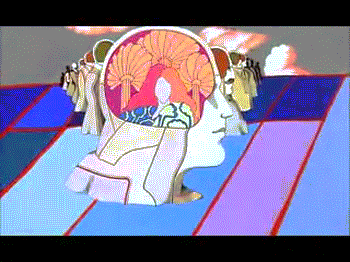
In recent years, research into psychedelic-assisted mental healthcare has shed its outsider status. As far back as 2016, Robin Carhart-Harris and his team at Imperial College London published promising findings from the world’s first modern research trial investigating the impact of psilocybin (the active ingredient in magic mushrooms) alongside psychological support, on 19 patients with treatment-resistant depression (TRD). This is when a person doesn’t respond to two or more available therapies; it is particularly debilitating and, recent data shows, affects about a third of all people with depression. In the study, two doses of psilocybin (10mg and 25mg, seven days apart), plus therapy, resulted in “marked reductions in depressive symptoms” in the first five weeks, which “remained significant six months post-treatment”. This new treatment proved so promising that, in 2018, the US Food and Drug Administration (FDA) awarded breakthrough therapy status to psilocybin (given only to drugs that “demonstrate substantial improvement over available therapy”) as a treatment for TRD. In December 2019, a ketamine-like drug – esketamine – was licensed for use in the UK as a rapid-onset treatment for major depression: it starts working in hours, compared with weeks or months with traditional antidepressants. In April 2020, after running their own psilocybin-assisted psychotherapy study, with 24 participants who had depression, experts from Johns Hopkins University in the US issued a press release stating: “The magnitude of the effect we saw was about four times larger than what clinical trials have shown for traditional antidepressants on the market.”
All this, and other early-stage evidence, is fuelling larger, more ambitious investigations. The London life sciences company Compass Pathways, whose research led to the FDA award, is coordinating one of the biggest psilocybin for TRD studies in the world, involving 216 patients across Europe and North America. The aim is to develop a new style of therapy that harnesses the psychedelic experience, as well as to change these substances’ classification, so they can be licensed as medicines. This wouldn’t change the legal status of MDMA or psilocybin (banned for recreational use in the UK), but it would mean treatments using these compounds could be prescribed.
In the meantime, practitioners of this new kind of mental healthcare can use ketamine as their psychedelic agent; and some studies, such as the one Grant participated in, are even government funded. The Ketamine for Reduction of Alcoholic Relapse (Kare) study is a novel attempt to ease the huge burden on the NHS caused by alcohol-related illnesses. (Two years ago, a major review of inpatient records found that 10% of people in hospital beds in the UK were alcohol dependent, and one in five were doing themselves harm by drinking.) As the Kare study lead, Professor Celia Morgan, tells me,
“Three-quarters of people who stop drinking and go through detox will be back drinking within 12 months: that’s not a good recovery rate.”
Patients aren’t merely given a dose and left to their own devices; a new style of therapy was developed for the study which, Morgan says, uses principles from cognitive behavioural therapy, mindfulness and relapse prevention.
“We designed it to go with the ketamine effects. We wanted something evidence based, a therapy that has been shown to help people avoid alcoholic relapse. But also something that would work with what we know about the brain in the ketamine state. The patient is primed for new learning," she says,
"and more able to view the self from an outsider’s perspective."
Until now, in the UK, therapy using psychedelics has remained the preserve of academic institutions – available only in research trials with highly specific criteria for inclusion. This week, though, with the opening of its clinic in Bristol, Awakn Life Sciences has become the UK’s first on-the-high-street provider of psychedelic-assisted psychotherapy. The clinical-biotech company is
“researching, developing and delivering evidence-based psychedelic medicine to treat addiction and other mental health conditions.” This means it will be developing its own type of psychedelic-assisted psychotherapy (with a focus on MDMA to treat addiction) via experimental trials. And alongside it, delivering ketamine-assisted psychotherapy.
“Our USP is the clinics,” says Dr Ben Sessa, consultant psychiatrist, psychedelic therapist and chief medical officer at Awakn.
“We’re aiming to open 15 to 20 across the UK and EU in the next 24 months. Patients will be able to self-refer or be referred by their GP (including NHS).” They will need a formal diagnosis and will most likely have to prove they have already tried a number of other therapies.
"See a psychiatrist at 20 and chances are you still will be at 60. We’ve come to accept we can’t cure patients. Why not?"
Sessa is scathing about the psychiatric profession as it currently operates:
“We need innovation in this industry, desperately and now. The problem," he argues,
"is that outcomes within psychiatric treatment fall far short of the gold standard set for the rest of the medical profession. If you broke your leg and went to an orthopaedic specialist, you’d expect it to be fixed,” he says.
“You wouldn’t expect to be prescribed painkillers for the rest of your life. But if you present to your psychiatrist in your early 20s with a severe mental illness, there’s a good chance you will still be seeing them when you’re 60. You’ll still be on the same daily drugs.” According to the most recent NHS figures, only half of talking therapy patients recovered from their condition.
“What about the other 50%?” Sessa asks.
“As an industry, we’ve come to accept that we can never cure our patients. But why not?”
Psychedelic-assisted psychotherapy, he says, may be “the holy grail – curative psychiatry”, arguing that these interventions offer relatively fast-acting alleviation of symptoms and don’t require the same level of maintenance (with drugs or talking therapy) as the treatments currently available.
Though alcoholism is a focus, Awakn will also offer psychedelic-assisted therapy to treat depression, anxiety, eating disorders and most addictions.
On a Monday in late February, the Bristol clinic is abuzz with builders and workmen. Formerly the site of an Indian restaurant, it sits in a 19th-century building on the corner of Regent Street and Hensmans Hill in Bristol’s chi-chi Clifton area. Its position, next to a barber shop and cocktail bar, and overlooking a small park, was picked for its ordinariness. As Awakn’s CEO Anthony Tennyson explains,
“Our strategy is to normalise the industry; we want to integrate into the mainstream, so that popping in for mental health treatment is as normal as… ” he trails off. Getting your teeth whitened? “Something like that,” he laughs.
Inside, the clinic is painted a tasteful dove grey, with exposed brickwork and wooden floors.
“It’s going to be sort of Scandinavian chic in design,” says Steve O’Brien, the operations manager.
“That will be one of the treatment rooms.” He points up a flight of stairs to a room separated from reception by a reinforced glass partition.
“We’re waiting for the beds to be delivered.” Set and setting (ie the mental state and physical environment) have been shown to be vital to the psychedelic experience – and a bad setting can equal a bad trip.
This is something O’Brien has experience of.
“Years ago I took ayahuasca in Iquitos, Peru. It was all a bit dodgy. I ended up in this dark little hut with breeze-block walls covered in sheets and 12 Peruvian ladies in deck chairs watching Friends really loudly next door. I thought I was going to be ritually sacrificed,” he says. The clinic’s attention to the furnishings and feel of the space isn’t just elegant window dressing:
“It’s about preparing a client for their drug experience, allowing them to feel safe and warm. It’s about as far from that Peruvian hut as you can get.”
Patients will be assessed by Awakn’s team, including Sessa and Dr Laurie Higbed, a clinical psychologist who specialises in complex trauma and addictions, who has been part of research trials using both psilocybin and MDMA as adjuncts to psychotherapy.
“I was the clinical psychologist, alongside Ben [Sessa as consultant psychiatrist], in an addiction service,” Higbed says.
“We used to chat over coffee about how our caseload was full of clients who had experienced trauma in their lives, particularly in childhood. We were treating their heroin or alcohol use, but really that was just a symptom, rather than the cause.”
Her job was to help addicts uncover and work through those underlying traumas via talking therapy. But being forced to remember a trauma we may have spent a lifetime trying to suppress can be very daunting. “Often you get a little bit worse before you get better,” Higbed says, and this requires “a lot of faith that it’s worth the effort”.
Metaphors abound for exactly how psychedelics work on a neurological level but one of the most popular involves considering the brain as a snow globe, showing a pristine scene at birth. As we age, our experiences, habits and the traumas we live through create tracks in the snow for our thoughts to run along. The older we get, the more worn the tracks become, making it harder for us to escape established thought patterns.
“So with things like depression,” Higbed says,
“you might have this negative worldview which can be very difficult to break free from.” Psychedelic compounds shake up the snow globe. Old ruts are destabilised and thoughts are free to move in new ways.
“This is why therapy is an important part of the treatment,” says Morgan who, as well as running the research trial Grant was a part of, will be consulting on treatments for alcoholism at Awakn.
“The drugs alone might prompt big epiphanies, but the therapy helps you to learn from them and create lasting change.” She has seen this process in action.
“One patient had been drinking seven bottles of wine a day, and had seen his life crumble,” she says.
“His wife left, his daughter stopped speaking to him.” The patient had been abused as a child, and over his lifetime had spent increasing amounts of energy trying to avoid the emotions thrown up by that early trauma.
“He had a very strong reaction to the ketamine infusion,” Morgan says.
“He said he felt a kind of love and safety that he hadn’t felt for a long time. At one point he felt like he was back in his mum’s tummy.”
As part of the psychedelic experience, he also encountered his abuser, his father.
“He said he felt pity for him. This was a massive step because he was able to understand his experiences from the perspective of an observer; the pity also extended to himself, which alleviated a lot of the shame and guilt he’d been feeling because of his alcoholism.” Eighteen months later, the man was still sober – having previously only ever managed a month.
Howard Lotsof
A treatment course at Awakn lasts six weeks, with four drug-assisted sessions in that time. “And a follow-up session at week nine, so it’s 11 in total,” Higbed says. “It’s intensive.” Though, ultimately, they hope to work primarily with MDMA, they’re hamstrung by the current global legislation, which says the drug can be used only in an experimental setting. In the meantime, they’ll offer ketamine injections, more fast-acting than the infusion Grant received, but likely to yield similar results. It will cost “around £6,000”, Tennyson says. “Though our ultimate aim is to make it available on the NHS, to help as many people as possible.”
"It’s not a magical cure. People should definitely try talking therapy first. It does work, and is much less invasive."
Tennyson comes from a corporate finance background. Like Sessa, he’s evangelical in his belief that the services offered by Awakn have never been more necessary.
“Twenty per cent of the population have a mental health issue on an annual basis. The industry that is meant to be fixing this is significantly underperforming,” he says. In fact, according to figures from the mental health charity Mind, that figure is closer to 25%.
Tennyson’s job is to drive sales and generate investor interest. Financially, Awakn needs the clinics to be a success, but it’s also gearing up for a round of funding to help start its own research trials. Tennyson is coy about exactly how much this might cost (one academic confirms it runs to tens of millions) but says,
“Ultimately, you can’t solve problems of this magnitude without capital.”
The capital, it seems, is following the science into a psychedelics gold rush. Peter Rands is the CEO of Small Pharma, a London-based life sciences company preparing to run the world’s first formal trial evaluating the combination of DMT (a short-acting but powerful hallucinogen) and psychotherapy to treat patients with major depressive disorder.
“2020 was a relatively easy year to raise money into a psychedelics company,” he says, partly because investors understand the proposition now more than ever:
“I don’t think this seems like a niche industry any more.” But it’s also because the pandemic proved drugs can suddenly have global demand. “Covid showed how much value there is in responding quickly to a major unmet medical need. Pre-pandemic, the biotech industry was worth a fraction of the price it is now. When drugs were suddenly being touted as a Covid cure, there was huge investor interest.”
"A lot of investment," Rands says,
"is coming from Canada." Small Pharma plans to list on the Toronto stock exchange, and Awakn is incorporated in Toronto.
“The Canadian investor community has a higher risk appetite to emerging industries,” Tennyson says. Rands agrees, pointing out that,
“until recently, Canadian companies were pretty much all mining companies. And mining has a similar risk-return profile to drug development. In both industries," he says,
"huge sums are invested upfront to excavate the necessary goods: “In drug development, that’s through clinical trials.”
In September 2020, Compass Pathways floated on the Nasdaq exchange. In October, it was valued at $1.3bn.
The company was founded in 2016 by Dr Ekaterina Malievskaia and her husband, George Goldsmith, after a years-long battle to find adequate mental healthcare for their son, who had OCD and depression. Goldsmith is quick to correct the narrative about his work. “We don’t see ourselves as part of a ‘psychedelics industry’ – we are a mental healthcare company.”
He is sanguine about how quickly these interventions could become more widely available, likening the process to climbing Everest.
“A medicine is a drug plus the evidence that says it’s safe and effective to use for a certain type of patient. We’re about halfway through the process of collecting that evidence. But I think if everything works out well, by 2025 psilocybin-assisted therapy could be prescribed on the NHS for treatment-resistant depression.”
Sessa, whose focus is MDMA-assisted therapies to treat addiction, has a shorter timeline in mind.
“MDMA is further along than psilocybin in the regulatory process,” he says.
“It is thought it will be approved as a medicine by late 2022 or early 2023.” By that point, if Awakn has realised its ambitions, it will have a clinic in every major city in the UK.
Despite the widespread evangelism from within the psychedelic-assisted psychotherapy field, Higbed resists the idea that it is some kind of panacea. She points out that it doesn’t work for all people, and that many would be put off by the hallucinogenic experience.
“It’s not a magical cure,” she insists.
“People should definitely try talking therapy first. It does work, and is much less invasive.” She also points out that antidepressants and other kinds of medications work
“incredibly well for many people. This is really only for the subset of sufferers who aren’t being helped by what’s currently out there. It’s an innovation in an industry that hasn’t innovated in a long time.”
Dr Andrea Cipriani, a professor at the department of psychiatry, University of Oxford, shares the enthusiasm about the potential for psychedelics, but cautions that there is still a long way to go before they are more widely used.
“These are very potent medications which, from a public health policy point of view, means it’s not a straightforward path to delivering this in a wider clinical setting,” he says.
“I don’t think ketamine will ever get into the NHS as a first-line treatment; you reach this option only if previous ones have failed. And for the other psychedelics, I think it’s more difficult.”
Meanwhile, Grant hasn’t picked up a drink once since his ketamine treatment.
“I haven’t even thought about a drink,” he says.
“Problem drinkers struggle so much to control this – they avoid aisles in the supermarket, they carry all this shame. If everyone who needed it had access to this, I truly believe it would change the world.”
This week sees the opening of the first UK high-street clinic offering psychedelic-assisted therapy. Could popping psilocybin be the future of mental healthcare?

www.theguardian.com
